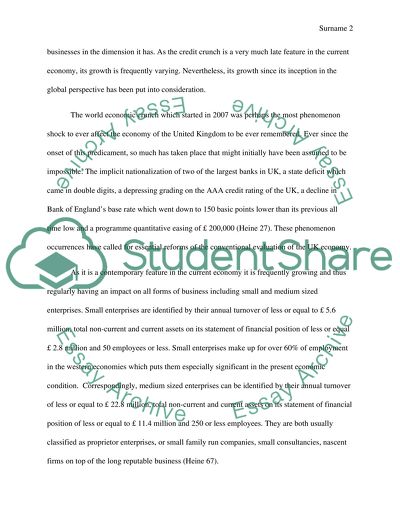Cite this document
(“Credit crunch Essay Example | Topics and Well Written Essays - 2500 words”, n.d.)
Credit crunch Essay Example | Topics and Well Written Essays - 2500 words. Retrieved from https://studentshare.org/miscellaneous/1607435-credit-crunch
Credit crunch Essay Example | Topics and Well Written Essays - 2500 words. Retrieved from https://studentshare.org/miscellaneous/1607435-credit-crunch
(Credit Crunch Essay Example | Topics and Well Written Essays - 2500 Words)
Credit Crunch Essay Example | Topics and Well Written Essays - 2500 Words. https://studentshare.org/miscellaneous/1607435-credit-crunch.
Credit Crunch Essay Example | Topics and Well Written Essays - 2500 Words. https://studentshare.org/miscellaneous/1607435-credit-crunch.
“Credit Crunch Essay Example | Topics and Well Written Essays - 2500 Words”, n.d. https://studentshare.org/miscellaneous/1607435-credit-crunch.


